A smart home hub acts as the brain of smart home ecosystem, unifying all disparate systems into a single, centrally-controlled unit. These systems include but are not limited to, security alarm systems, lighting control systems, fire alarm systems, climate control systems, water leak detection systems, energy monitoring systems, and more. Through a mobile app, users can control and manage everything from anywhere, creating a smarter, more convenient, and secure living experience.
Imagine a home that a smart home hub playing the role of the conductor in your smart home symphony: Lights turn on as you walk in; the temperature adjusts for your dog’s comfort level when you are away; arming your security system is just a tap away when you’re at home.
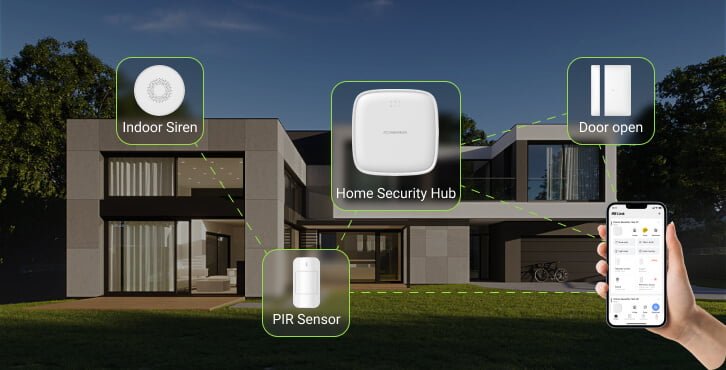
This article offers an insider’s perspective on the complex workings of smart home hubs and their role in the evolving smart home landscape, aiming to highlight its relevance and potential for businesses.
What Makes Up the Hardware of a Smart Home Hub?
Let’s take a peek inside a smart home hub and see what makes it tick! Here are the essential hardware components:
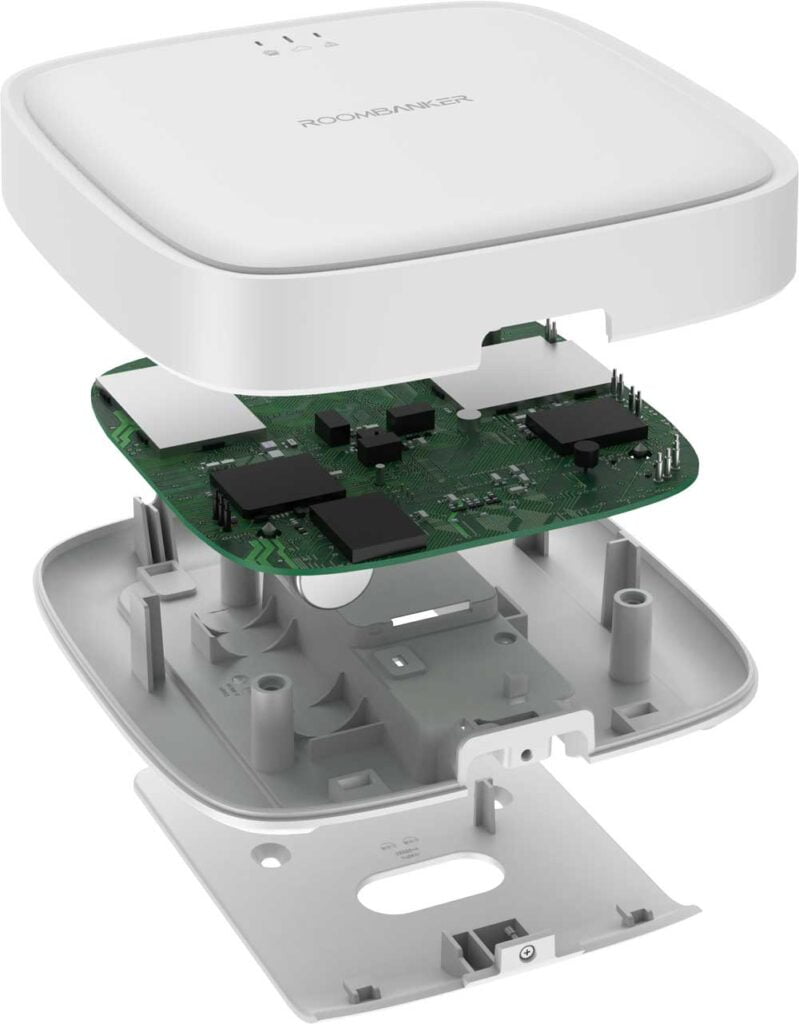
Processor (CPU): The brain of the operation, responsible for executing commands, processing data received from smart home devices, and carrying out necessary actions.
Memory (RAM and Storage): RAM is the the hub’s short-term memory and helps the hub run its software smoothly. while storage space is the long-term memory that holds data like device information and automation routines, keeping all your device data safe.
Wireless Communication Module: The module enables the hub to communicate with various smart home devices using different wireless protocols like Wi-Fi, Zigbee, Bluetooth, and Z-Wave.
Wired Interface (Ethernet Port): While many hubs rely on Wi-Fi, an Ethernet port offers a more stable wired connection to the router or other wired devices for improved performance and reliability.
SIM Card Slot (Optional): Some hubs offer cellular connectivity through a SIM card. This allows the hub to function even if the internet goes down, be useful for receiving alarm texts and calls, and even make some hubs go mobile.
Power Module: Provides a constant power supply to keep the hub operational.
Shell: The outer casing protects the delicate internal components from dust, damage, and overheating.
By working together, these hardware components create a robust central unit that can manage your smart home ecosystem effectively.
How Do Smart Home Hubs Work?
Smart home hubs are the masterminds behind the connected home, managing various devices, handling data transmission and processing, and ensuring system security. But how exactly does it orchestrate this seamless performance? Let’s delve into the inner workings of a smart home hub and explore how it makes smart home life easier and more secure.
Device Connection and Management
Smart home hubs connect various devices (like PIR motion sensors, door and window magnetic sensors, panic buttons, temperature and humidity monitors, smart switches, smart plug with energy monitoring function, water leak detectors, etc.) into a unified platform using wireless or wired methods. For instance, Roombanker’s home security hub can manage up to 128 wireless smart devices! Today, most hubs support multiple wireless communication protocols, turning isolated smart products into a unified ecosystem.
Protocol Conversion and Data Processing
Smart devices often speak different languages, using various communication protocols. The hub acts as a translator, converting data between these protocols and facilitating smooth communication between all your devices.
It collects data from connected devices, processes and converts data between different communication protocols, and analyzes the data to execute instructions. High-performance processors enable the hub to respond quickly and handle large amounts of data efficiently.
Data Transmission and Remote Control
Smart home hubs can send data to local or cloud servers via the Internet. By connecting the hub to the cloud, users can remotely access and control their smart devices from their smartphones or computers. This means you can adjust your home settings no matter where you are!
System Security & Reliability Management
Smart home hubs prioritize security. They typically employ multi-layered protection measures like data encryption, user authentication, and firewalls to safeguard your data and system from potential threats.
Some advanced hubs even have backup batteries to ensure uninterrupted operation in case of power outages. Additionally, hubs used in smart security alarm systems feature triple network options (Wi-Fi, Cellular, and Ethernet) and anti-tampering designs, ensuring that the hub can send alarm notifications even during forced dismantling.
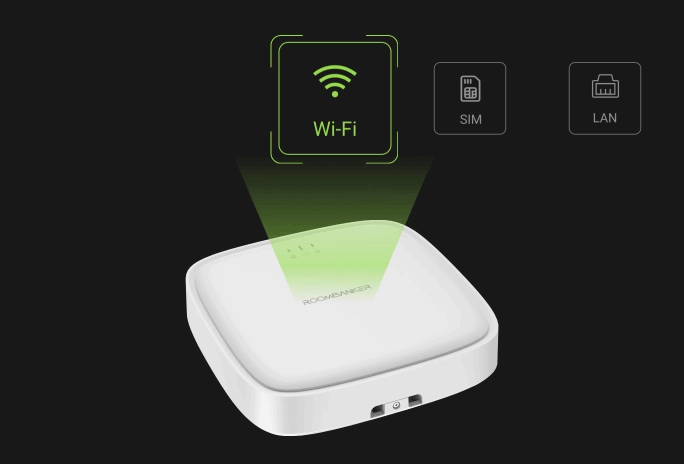
Automation and Scene Management
Smart home hubs enable automation and scene management, automatically controlling devices based on preset conditions and rules. For example, if a door sensor detects the door opening, the hub can automatically turn on the lights and activate cameras. This intelligent automation makes daily life more convenient and secure.
By understanding how these functionalities work together, you can appreciate the true potential of a smart home hub and how it can transform your living space.
Commonly-Used Wireless Protocols for Smart Home Hubs
With the rapid development of wireless technologies like BLE, Zigbee, and Z-Wave, more smart home systems are opting for wireless designs. Wireless devices are compact, aesthetically pleasing, and easy to install. Here’s a closer look at some of the most common wireless protocols used in smart home hubs:
Wi–Fi
The familiar Wi-Fi protocol often uses uses the 2.4GHz or 5GHz bands, or both. It features high data transmission rates, easy to setup, strong compatibility, and is supported by most smart devices and routers. Its high bandwidth makes it ideal for transmitting large amounts of data, such as video and audio, like streaming video cameras.
However, WiFi has high power consumption, making it unsuitable for battery-powered devices. Additionally, network congestion can lead to deteriorated performance in smart devices.
Matter
Matter is a new and exciting development in the smart home world. Backed by industry giants like Apple, Google, and Amazon, Matter aims to establish unified communication standards and data models to create ultimate interoperability between all smart home devices. This means devices from various manufacturers will be able to connect and interact seamlessly, regardless of brand.
In May 2014, the Matter 1.3 specification was released, adding new device types such as microwave ovens, ovens, electric stoves, range hoods, and electric dryers. The Connected Standard Alliance updates the Matter standard approximately every six months, promoting the development and popularization of Matter smart home products and enhancing user experience.
Zigbee
Zigbee is a low-power, mesh network wireless communication protocol suitable for connecting smart devices like lamps, sensors, and smart locks. It utilizes a mesh network structure, where devices can relay signals to each other, extending range and improving reliability.
Zigbee offers stable connections and scalability,and is ideal for battery-powered devices with long operating times. However, Zigbee has a low data transmission rate and requires a dedicated Zigbee hub (or gateway) to connect to Wi-Fi networks and the Internet.
Z-Wave
Z-Wave is another low-power protocol that similar to Zigbee. It operates in a low-power frequency band, and supports a mesh network structure. Also, Z-Wave devices often require a dedicated Z-Wave hub (or gateway) for internet connectivity and boast low power consumption, making them ideal for battery-powered applications. However, Z-Wave is a proprietary protocol, limiting your device selection.
Private Protocols
In the smart security alarm industry, some manufacturers employ private protocols to enhance system security and prevent system hijacking. These protocols are designed for long-distance, two-way communication, and high communication efficiency to ensure comprehensive coverage. Given the priority on safety, security sensors typically operate 24/7, making low-power features particularly popular for long-term battery-powered operation.
RBF Protocol is developed by Roombanker for its smart home security system. RBF protocol is an ultra-long-distance, low-power, high-security two-way wireless communication protocol used for communication and control between smart home security devices. It is flexible and can be configured according to specific application scenarios and requirements, making it suitable for various smart devices. Its low-power design makes it ideal for battery-powered devices with long operating times.
By understanding these different wireless protocols, you can make informed decisions when choosing a smart home hub and compatible devices. Consider factors like power consumption, data transmission needs, and desired level of security to select the protocols that best suit your smart home requirements.
Types of Smart Home Hubs
The world of smart home hubs offers a variety to suit different needs and preferences. They can be categorized into three main types:
Base Stations
A base station, is typically in a square or circular box shape, lacking a touch screen or voice control function, and relying on a mobile app for user interaction. These devices prioritize function over form, focusing on reliable device connection and control, making them a budget-friendly option. Sometimes it also referred to as smart gateways.
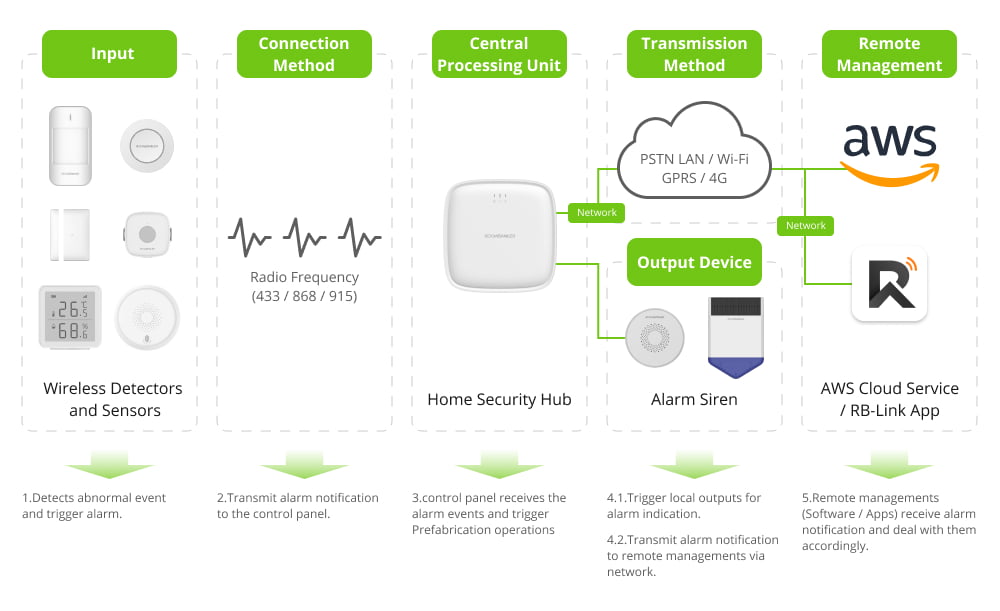
Pros:
- Easy to install and typically low-priced due to their simple functionality.
- Some models may integrate additional features like sound, which can raise the cost.
- Known for stable and secure communication as well as system reliability.
Cons:
- No intuitive user interface, requiring configuration through a web page or mobile app.
Touch Screen Control Panels
For those who prefer a more visual and interactive experience, touch screen control panel hubs offer a central command center. These hubs display various smart home parameters directly on the screen, allowing you to monitor and control your environment with ease. They can even double as entertainment hubs, letting you play videos or music.
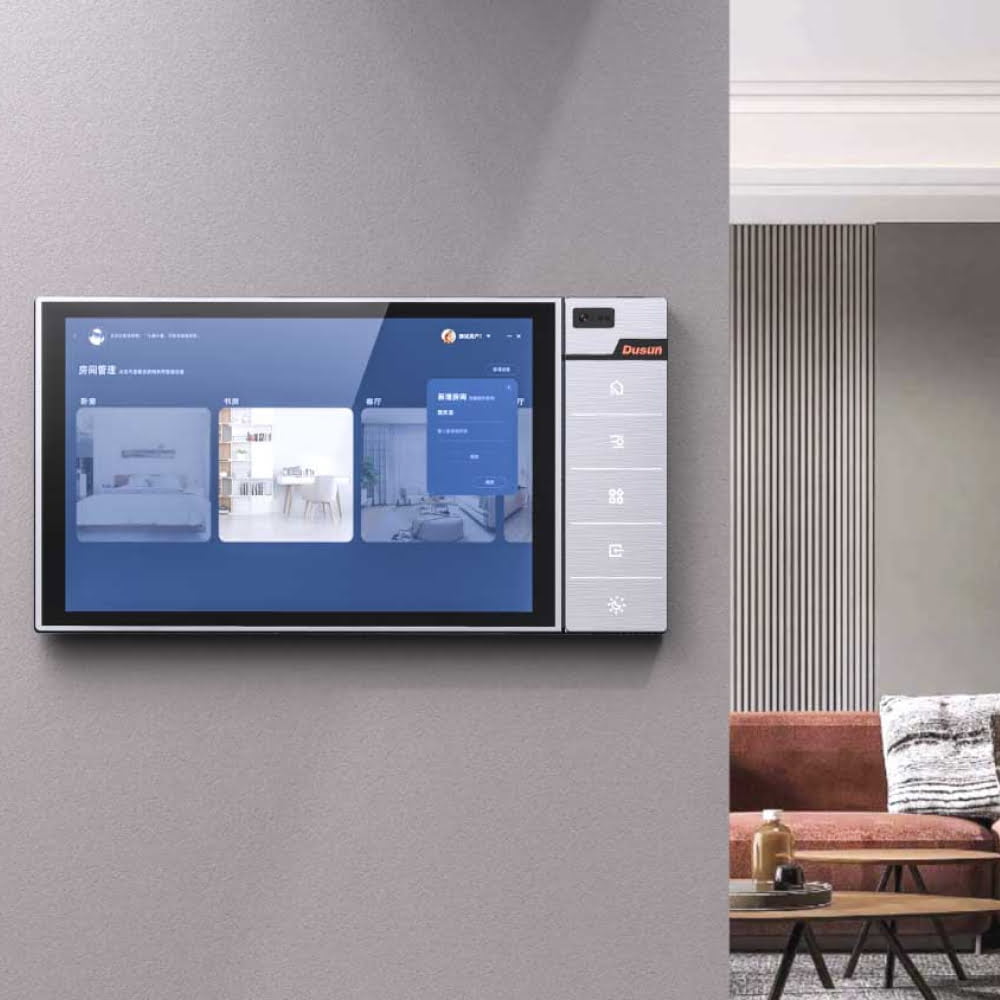
Pros:
- Intuitive user experience with great audio and visual capabilities.
- Direct and efficient control through the touch screen.
Cons:
- The supreme user experience comes at a premium, as these hubs typically require more powerful hardware components such as CPU and storage, leading to a higher cost compared to base stations.
Voice Assistant Hubs
Leveraging the power of voice assistants like Alexa or Google Assistant, these hubs offer a futuristic touch-free control experience. Imagine issuing voice commands to adjust lights, turn on music, or control smart appliances. Voice assistant hubs are a great choice for those who prioritize convenience and hands-free control.
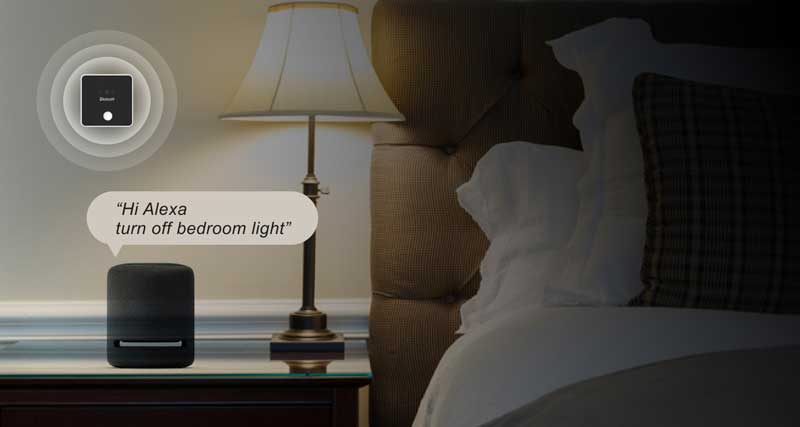
Pros:
- Allows users to control and interact with their smart home systems using voice commands, adding a fun and interactive element to smart home control.
Cons:
- Lacks visual interaction and offers potentially limited wireless connectivity options, making it unsuitable for all smart home scenarios.
By understanding these different types of smart home hubs, you can choose the one that best aligns with your needs and budget. Consider factors like your desired level of user interaction, budget, and the functionalities you prioritize when making your selection.
Join Us in Shaping the Future of Smart Homes
Are you a smart home corporation looking to expand your offerings? Our high-quality, sleek smart home hubs are designed to not only look great but also deliver exceptional performance. With open APIs, you can seamlessly integrate our hubs into your own cloud systems, unlocking endless possibilities for your smart home solutions. We offer a comprehensive range of smart sensors and automation devices, ready to enhance and expand your product line.
Furthermore, our advanced intrusion alarm systems, featuring a robust cellular hub with a Li-battery backup, ensure a reliable wireless intrusion detection system. With a wide range of smart security sensors and automation devices at your disposal, you can emable your business to offer complete smart home solutions that prioritize security, convenience, and a truly connected lifestyle.
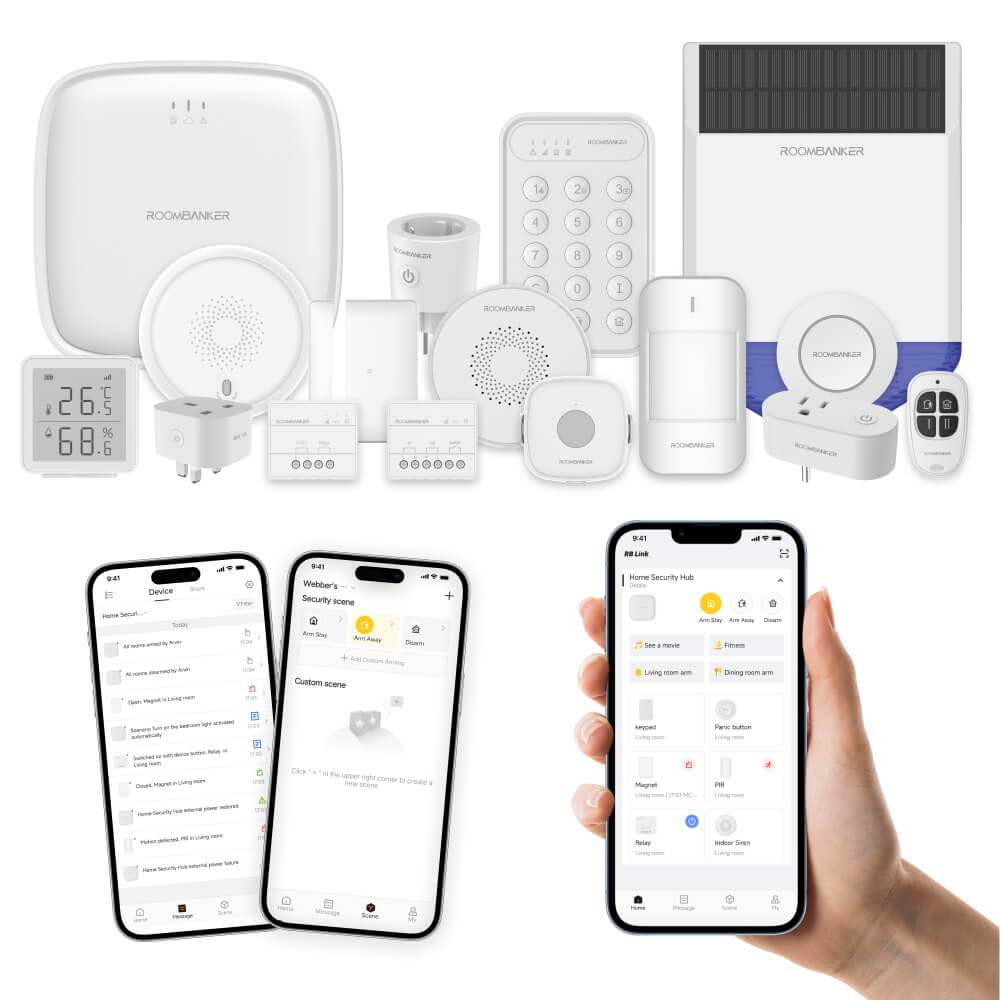
Final Words: Business Opportunities in Smart Home Hubs
Smart home hubs are not just about convenience and comfort for homeowners; they represent a potential goldmine for businesses. As the smart home market continues its explosive growth, here are some exciting opportunities to consider:
- Smart Home Service Development: The increasing adoption of smart home hubs creates a demand for installation, configuration, and troubleshooting services. Businesses can capitalize on this trend by offering professional smart home setup and support packages.
- Subscription-Based Services: Smart home hubs open doors for subscription-based services. Imagine offering premium features like advanced automation routines, remote monitoring capabilities, or even extended warranties through subscription models.
- Data-Driven Insights: Smart home hubs collect valuable data on user behavior and energy consumption patterns. Businesses can leverage anonymized data insights to develop targeted marketing campaigns, improve product design, and offer personalized services to homeowners.
- Partnerships and Integrations: Smart home hub manufacturers can collaborate with other companies to create a more interconnected smart home ecosystem. Imagine partnerships with appliance manufacturers, security companies, or energy providers, leading to a wider range of compatible devices and a more integrated user experience.
The potential applications of smart home hubs are vast and constantly evolving. By being at the forefront of this exciting technology, businesses can create innovative solutions and capture a strong foothold in the burgeoning smart home market.
